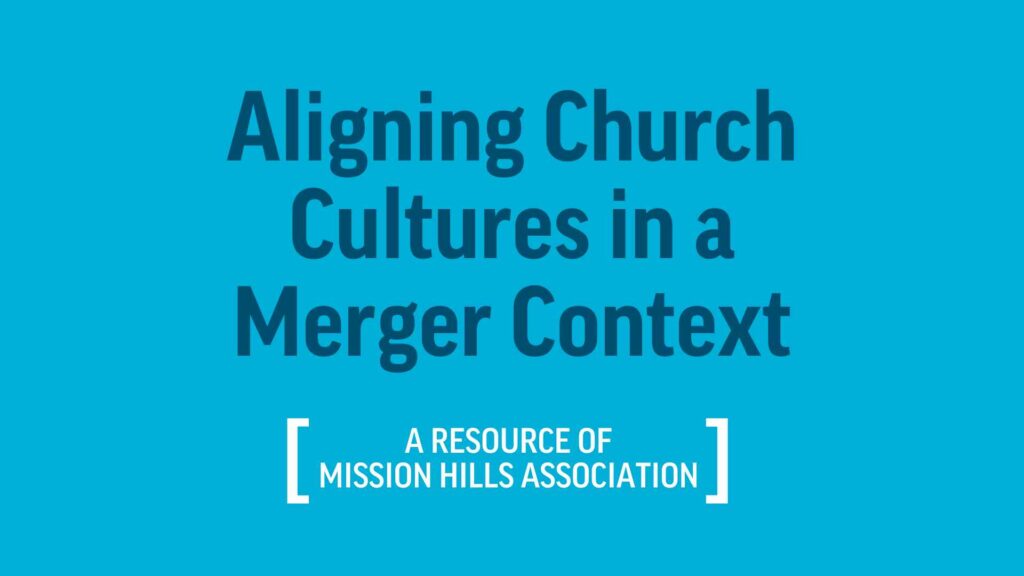
Youth ministry covers a wide range of ages in your congregation. The amount of change and maturity that occurs between 6th-12th grade is drastic, and those differences can create a difficult environment to do ministry in.
Our youth ministry is split between middle and high school at Mission Hills, but many churches have small or mid-sized youth groups where it’s unclear whether or not the groups should be kept together.
If your church is trying to make decisions about whether to keep one large youth group or split your group by middle school and high school, here are some questions to ask:
What is the age of my group?
Parents will often talk about “the age of their family” which refers to the age of their oldest child. This is a helpful way to think about the maturity levels of some families compared to others. For example, two 3rd graders can have significant differences in life experiences, movies they’ve seen, and things they understand about the world, based on the age of their family.
If one 3rd grader is the oldest child with baby siblings, the age of that family will only be 8 years old, roughly. But the other third grader could be the youngest of a large family with her oldest siblings in high school, which would make the age of that family about 16 years old. One way of growing up is not better or worse, it’s simply the way different families work.
Our point with this illustration is that it’s not easy to make a blanket statement about whether middle schoolers and high schoolers can thrive in a group setting together, because each group is different.
A youth group with 15 high school juniors and seniors will naturally have conversations and questions about more serious topics compared to a youth group with 1 senior and 30 8th graders.
So, consider your youth group. Does the overall age of your group skew towards middle school or high school?
What are the needs of students?
If you determine that the age of your group is closer to middle school, that may mean that you can keep your large group and use a “middle school” mindset a bit more. But even if the overall “age” of the group is young, you may have students who are ready and eager for deeper conversations and topics. If you have a group of high schoolers who are asking consistent questions and are hungry for serious conversations and discipleship, this is important to pay attention to.
While your group may trend younger, the needs of the individuals in your group could merit a middle school/high school split regardless.
Are there avenues to foster connection?
The major pro of having dedicated middle school and high school ministries is the ability to further tailor lessons and experiences for those age groups.
There is often a greater chance that a 7th grader will speak up in a small group if his peers are closer in age to him, and there’s a greater chance that an 11th grader will be more comfortable sharing from a genuine place when they have the trust of an older group around them. But at the same time, splitting the two groups also removes the possibility of older and younger students connecting with one another in new ways. While it isn’t the tendency of a 16 year old to become friends with a 13 year old, it can happen – and the results of a friendship like that can be beautiful.
Consider whether you can implement a youth group split without cutting off all opportunity for connection between the groups. Maybe you just split small groups up by age, or have one night a month when the full youth group meets together.
What is your ministry capacity?
Lastly and most practically, what is your church capable of sustaining in their current budget and capacity for hiring and training new staff? Do you already have the infrastructure and youth staff to essentially create two youth groups rather than one?
This change will likely require a middle school and high school pastor, separate volunteers, and separate trips and events, just to scratch the surface.
If your church isn’t in a place where those changes are feasible, we recommend being faithful to the one large group for as long as necessary. It is much better to have a larger group for a while than rush into creating two when the church simply isn’t ready.
Do you have thoughts about the pros and cons of keeping middle school and high school youth groups together or separate? Email us and let us know your ideas!
This article was written in collaboration with Joey Pepper and Stephen Boyer, the Middle School and High School pastors at Mission Hills. If you want to continue the conversation, you can contact them directly at jpepper@missionhills.org and sboyer@missionhills.org.




